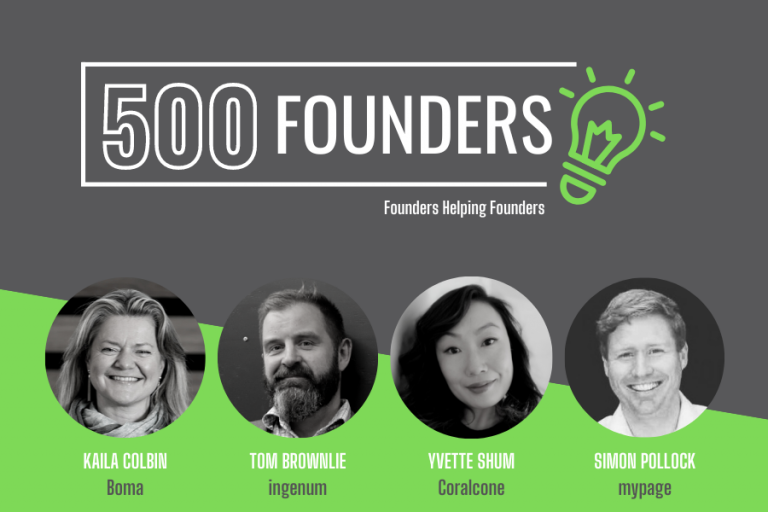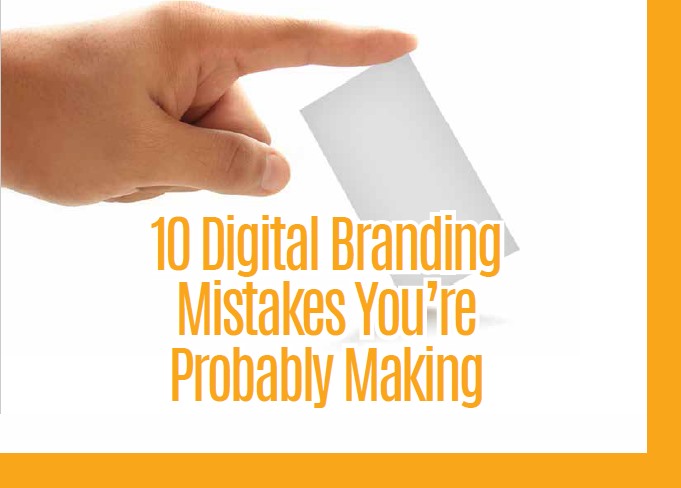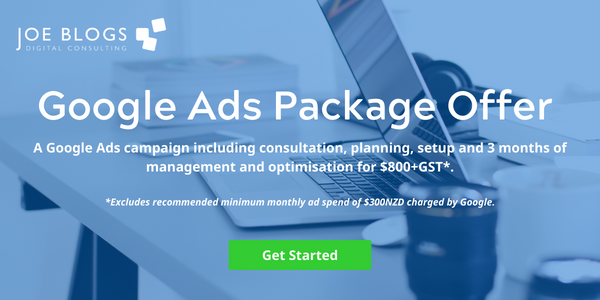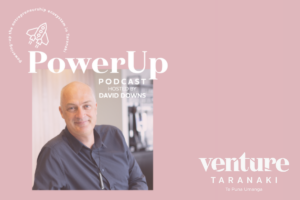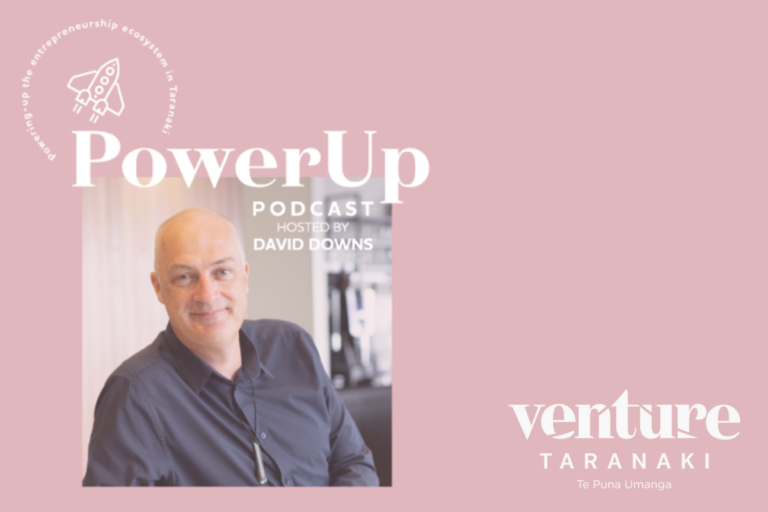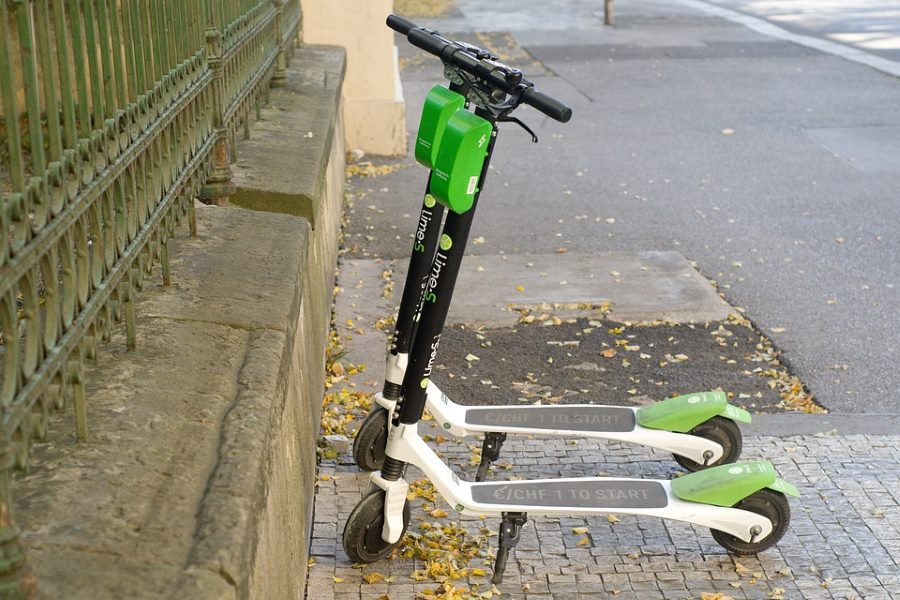
IoT (The ‘Internet of Things’) has the potential to do some amazing things for New Zealand businesses, but at the very heart of it, people will want to know how it will help their organisation grow – or more to the point, bring in greater financial gains.
So how can IoT be monetised? And how have some businesses already achieved this?
Productivity and revenue models are the big winners
For a lot of organisations, particularly those with very embedded processes and procedures, IoT is not likely to change overnight what they offer and produce. But the trick to understanding ‘where the money is’ in IoT is looking at it from a different angle, says Nick Hadlee, Practice Manager of Enterprise Solutions at Intergen.
“I think this is more about productivity, not new revenue streams per se. It comes down to working smarter, not harder, and investing in people in your business.
“With IoT automating some of your processes, you will essentially be able to deliver more of your service, because you won’t need people to do all the manual things. This then has the potential to create brand new services to the street, as a by-product of your initial IoT application.”
However there is also the opportunity to change your business model, because of what IoT capabilities allow you to do differently.
For example if you have an asset that gets taken to market in some way, what would happen if you didn’t actually transfer ownership from your business to a customer? Offering a product (or maybe even a service) at a day rate, you may be able to introduce it to the market at a better, more competitive price point.
This ‘pay as you go’ is effectively turning a product into a service, and offers consumers more flexibility to use what they need, when they need it. And there are plenty of examples of this already dominating the business landscape; Uber, Airbnb, Lime Scooters, and even Rolls-Royce are seeing the benefits of a new model structure, selling flight hours instead of plane engines.
Hamish Dobson, also at Intergen as a Principal Solutions Architect, reflects on one client who had an established business, but due to the data it had been able to store, it was actually able to make financial gains from a new workflow that wasn’t a part of their core service.
“An aviation customer had been collecting a lot of IoT data, of which had great commercial value to other parties due to the insights they could derive from it. So that was where the monetisation came into play – it was the by-product of IoT.”
Start by looking at cost structures
While there is actually no guide on, ‘how to monetise IoT in your business now,’ Nick has a starting place for organisations wanting to know how it could work for them.
“It’s about looking at the cost profile in your business, and if there was a big lump of outgoings to a particular place – for example maintenance – then it is about considering whether you can improve the cost of that. And how.
“So understand what is costing you money, and determine whether if you invested in improving how you manage it, you will get a substantial return on investment from IoT.”
What risks come from not adopting IoT
For some businesses, they may be content to continue with how they function, with no immediate need to make changes. However with this comes the risk of no longer being on an even playing field with competitors.
“Businesses will likely struggle to compete on price, and/or quality of service, which of course are two key areas of a business,” says Hamish.
“But then it would potentially reflect on everything – staff retention, acquisition, being seen as a modern/technology-first business. They are simply not going to be as efficient as someone who is focused on the optimisation of those processes, the integrity of their product and supply chain, and how their workforce is actually working.”
And while Nick says that perhaps not everyone needs to go out and invest in an IoT platform – because like the example above they could find value just by collecting data and insights from their customers – there will likely come a time when they will fall behind in their industry.
“It is about businesses moving forward and understanding ‘who is our customer and what do they want?’ because if they don’t, their competitors might be offering the digital touchpoints and interaction that the consumer is looking for.”







